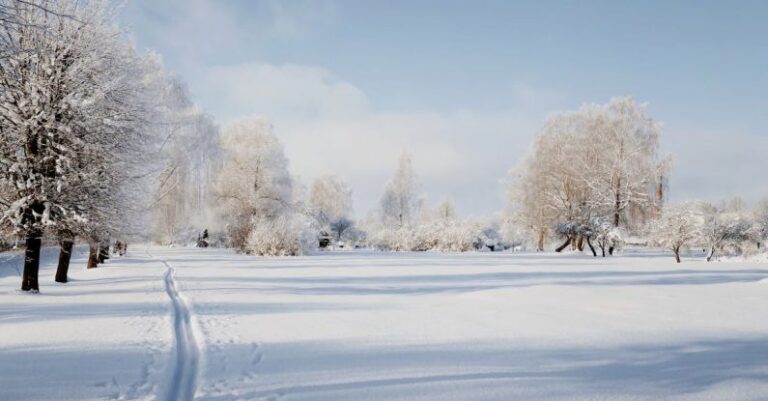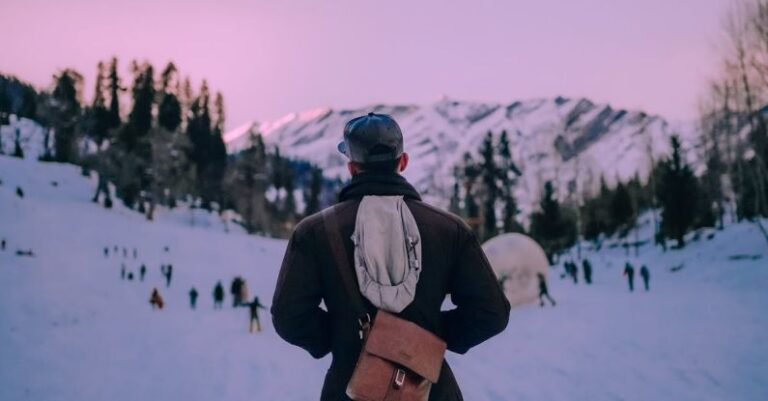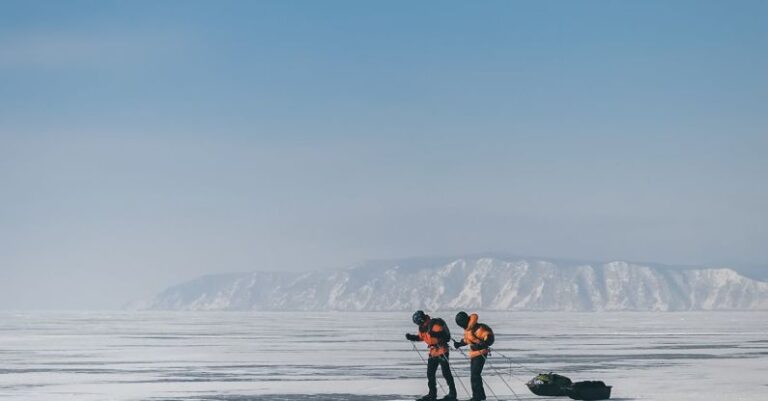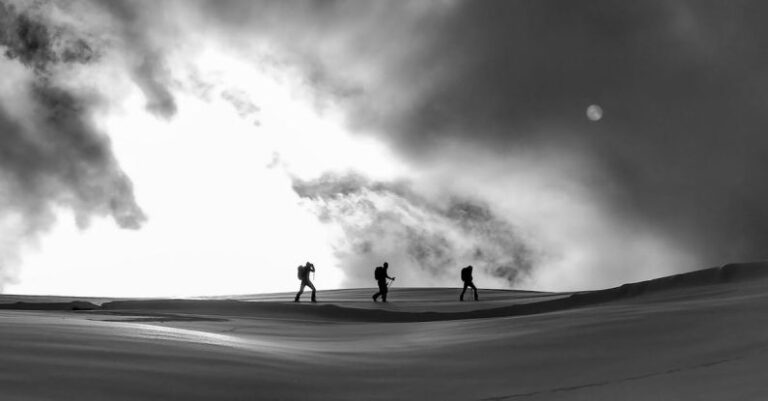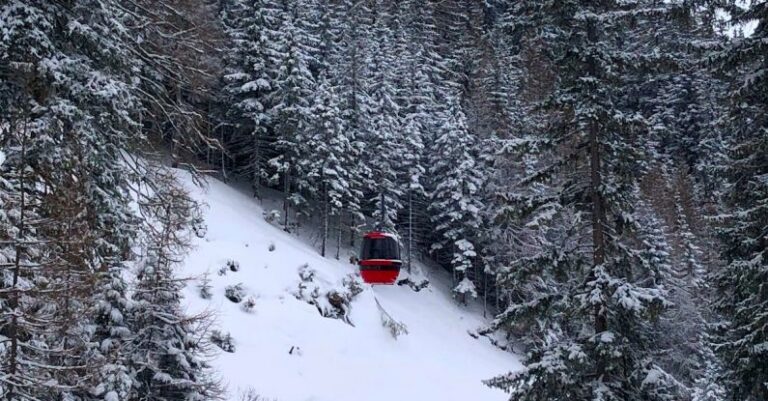
Embarking on a backcountry skiing adventure offers a thrilling and invigorating experience for outdoor enthusiasts seeking a more challenging and authentic connection with nature. However, the untracked and unpredictable terrain of the backcountry demands a unique set of skills to ensure safety and enjoyment. Whether you are a novice looking to venture off-piste for the first time or a seasoned backcountry skier seeking to enhance your abilities, mastering the essential skills for backcountry skiing is paramount to a successful and rewarding outing.
Navigational Proficiency
One of the most critical skills for backcountry skiing is navigational proficiency. Unlike groomed resort runs, the backcountry lacks clearly marked trails and signage, making it essential to be able to navigate through varied and often challenging terrain. Familiarizing yourself with topographic maps, compass use, and GPS devices can help you plan your route, identify potential hazards, and stay on course during your backcountry excursions. Additionally, understanding how to interpret snow conditions and terrain features can further enhance your navigational skills and ensure a safe and enjoyable skiing experience.
Avalanche Awareness and Safety
Avalanche awareness and safety are paramount skills for backcountry skiers, as the risk of avalanches in uncontrolled mountain environments is a constant threat. Being able to recognize avalanche terrain, understand snowpack stability, and effectively use avalanche safety equipment such as beacons, shovels, and probes are essential for mitigating avalanche risk and responding quickly in the event of an emergency. Completing an avalanche safety course and regularly practicing avalanche rescue drills can further develop your skills and readiness for backcountry skiing in avalanche-prone areas.
Backcountry Equipment Knowledge
Having a thorough understanding of backcountry skiing equipment is essential for a successful and enjoyable outing. From skis and boots to bindings, skins, and avalanche safety gear, being familiar with the function and proper use of each piece of equipment is crucial for efficiency, comfort, and safety in the backcountry. Additionally, knowing how to perform basic equipment maintenance and repairs can help prevent issues on the trail and ensure that your gear remains in optimal condition throughout your backcountry adventures.
Physical Fitness and Endurance
Backcountry skiing requires a higher level of physical fitness and endurance compared to resort skiing, as skiers must often hike or skin uphill to access remote and untouched terrain. Building strength, cardiovascular endurance, and agility through regular exercise and conditioning can help prepare your body for the physical demands of backcountry skiing, allowing you to enjoy longer and more challenging outings with confidence and ease. Incorporating activities such as hiking, biking, and skiing into your training routine can help improve your overall fitness level and enhance your performance in the backcountry.
Decision-Making and Risk Management
Effective decision-making and risk management skills are essential for backcountry skiers to assess hazards, evaluate conditions, and make informed choices that prioritize safety and well-being. Being able to recognize when to proceed or turn back, communicate with your group, and adapt to changing circumstances can help prevent accidents and ensure a positive experience in the backcountry. Developing a mindset of caution, respect for nature, and willingness to adjust your plans based on current conditions are key aspects of decision-making and risk management in backcountry skiing.
Experience and Mentorship
While mastering the essential skills for backcountry skiing is crucial, gaining experience and seeking mentorship from seasoned backcountry skiers can provide invaluable insights, guidance, and support as you continue to explore and grow in the sport. Learning from experienced individuals, joining backcountry skiing groups or clubs, and participating in guided tours or clinics can offer opportunities to enhance your skills, expand your knowledge, and connect with a community of like-minded enthusiasts who share your passion for the backcountry.
In conclusion, developing and honing the essential skills for backcountry skiing is a continuous journey of learning, practice, and growth that can enrich your outdoor experiences and deepen your connection with the natural world. By prioritizing navigational proficiency, avalanche awareness and safety, equipment knowledge, physical fitness, decision-making, and seeking experience and mentorship, you can enhance your abilities, confidence, and enjoyment as a backcountry skier while staying safe and prepared for whatever challenges the mountains may present. Embrace the adventure, respect the terrain, and ski with skill and passion in the vast and awe-inspiring landscape of the backcountry.

